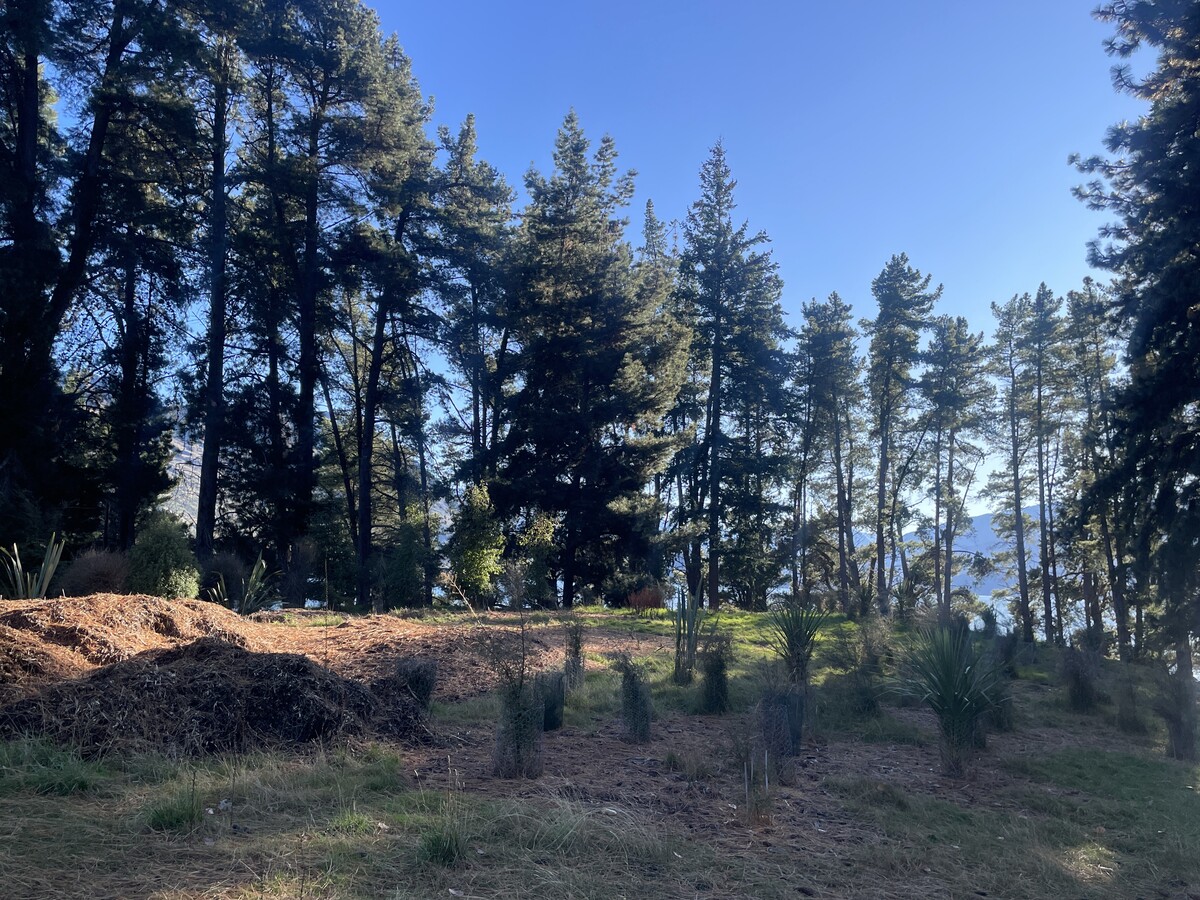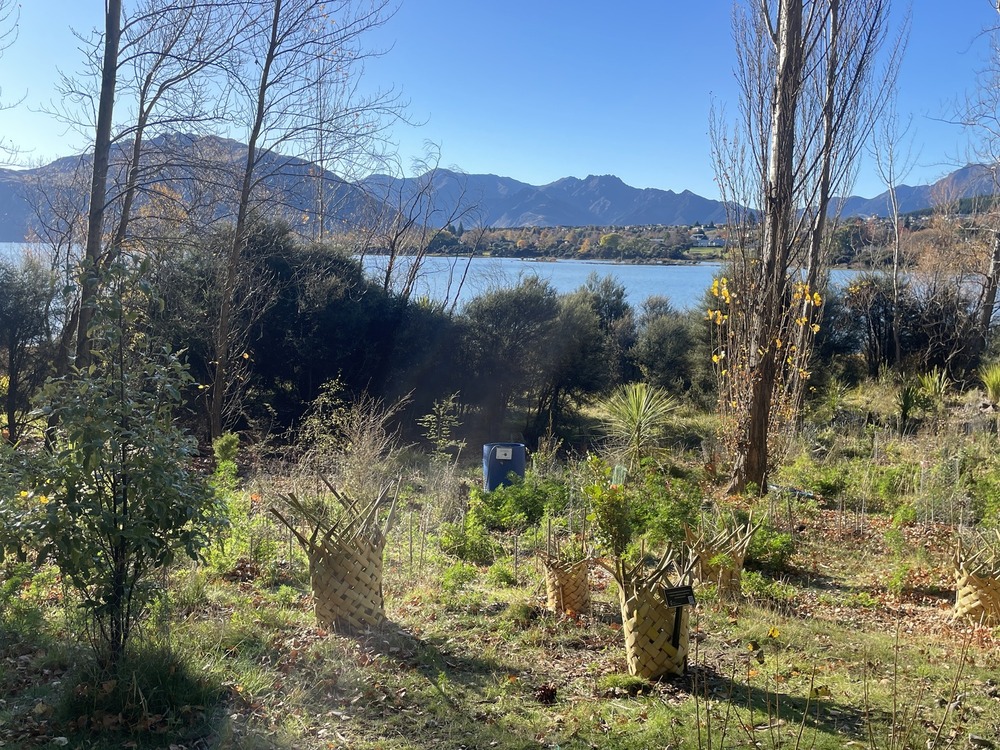Tree succession plan proposed for Eely Point

20 May 2025, 5:04 PM
 The 60-year plan to replace ageing exotic trees at the popular reserve is open for consultation.
The 60-year plan to replace ageing exotic trees at the popular reserve is open for consultation.A plan to replace ageing trees at Eely Point with new planting over a 60-year period is now out for community consultation.
Queenstown Lakes District Council (QLDC) says the draft tree succession plan for the popular reserve aims to protect the area and “create a resilient and diverse environment for future generations to enjoy”.
The QLDC parks team will host two community drop-in sessions at Eely Point (by the Coastguard building) this Saturday (May 24, 10am to 12pm) and next Tuesday (May 27, 4-6pm).
QLDC parks manager Dave Winterburn said the plan takes a long-term view to manage ageing and invasive wilding pines in the reserve and self-seeded willows and poplars growing in the shallows of the lake nearby, and how native and suitable exotic trees would be added in the area.
“Approximately 25 percent of the reserve is made up of wilding conifers, and as these trees grow older and near the end of their lives, we need to ensure we’re protecting Eely Point and taking the appropriate steps to create a more sustainable and resilient public space,” he said.
“Our intended approach looks at slowly removing these invasive trees in stages across multiple zones, to ensure new trees and plants introduced in the area have time to adapt to the windy environment.”
He said the wilding conifers play a crucial role in acting as a windbreak and help to shield this public space from wild weather, but “their invasive nature and advancing age pose a range of environmental threats”.

Council plans to plant ‘pioneer species’ to restore soil structure and support the growth of future native planting.
The trees’ dense canopy blocks sunlight and reduces native flora and fauna; they drop needle litter that results in poor soil health; and their location on a peninsula next to the lake creates “a significant seed spread risk for surrounding areas”.
Pioneer species like grasses, ferns, and mānuka are proposed to restore soil structure, followed by planting of native trees like kānuka, kōwhai, beech, and southern rātā to provide additional wind shelter as quickly as possible while creating new wildlife habitat.
Carefully selected exotic species that are tall, fast-growing, and non-invasive would also be planted to further protect the wider area from wind, creating a new functional but less intrusive shelter.
Dave acknowledged the reserve’s current look and feel is loved by many in the community, but said the area needed a plan to manage wilding conifers before the end of their lives.
“Given Eely Point’s importance to Wānaka and the wider Upper Clutha, QLDC is encouraging regular users of this reserve, nearby residents, and visitors to check out the draft plan, come chat with staff at one of our drop-in sessions, and share feedback to protect the area for future generations,” he said.
The draft Eely Point Tree Succession Plan is available online as well as in the (QLDC) office and library in Wānaka.
Feedback on the succession plan will close on Sunday June 8. Once feedback has been gathered and reviewed, the plan will be presented to Wānaka-Upper Clutha Community Board for adoption in July 2025.
PHOTOS: Wānaka App





